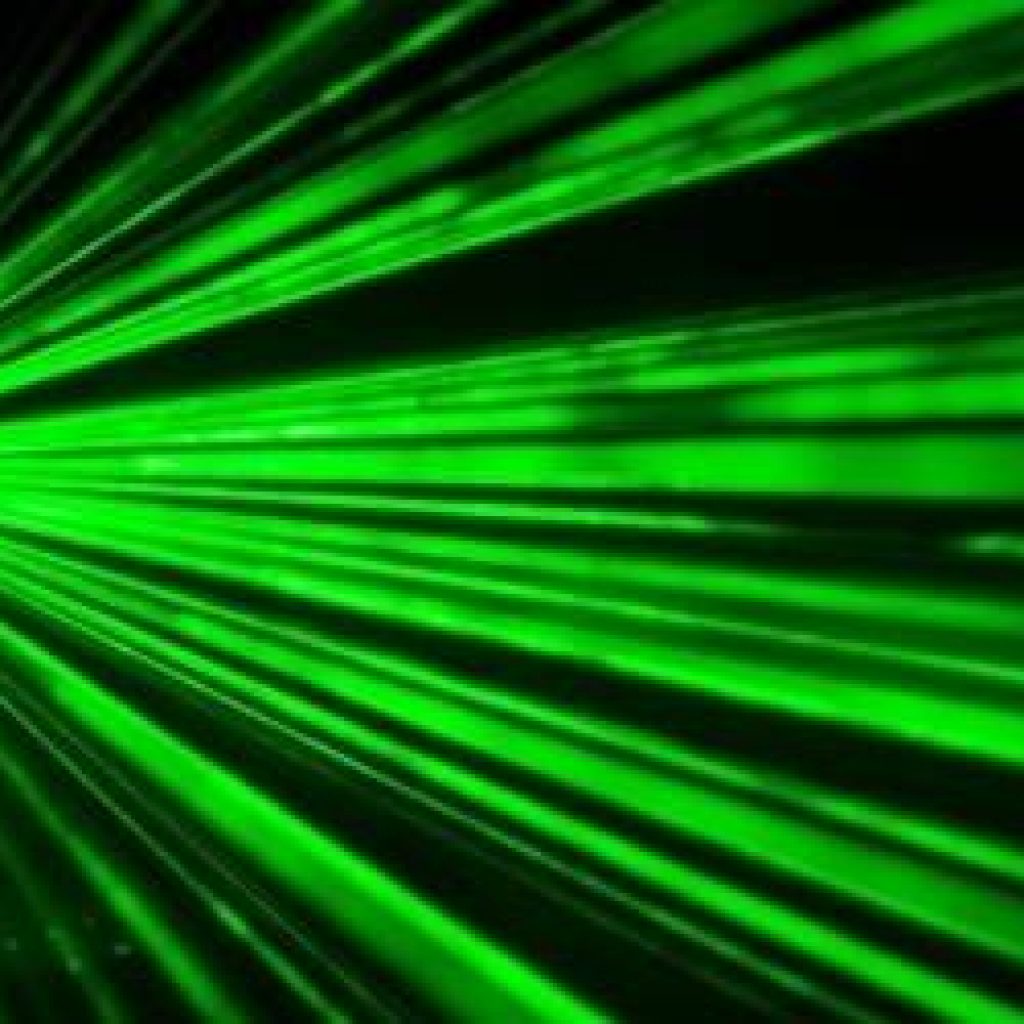(NovusLight) Lasers play many roles in quantum computing machines. They cool atoms down to a very low temperature and then trap them in an optical lattice. Ions can also be held in arrays and shuttled around using laser fields. Some versions have optical qubits, with lasers tuned to the relevant energy levels in order to set up, link and measure the qubits. Photodetectors, optical modulators and other photonic devices are also essential, along with control electronics.
Optical technologies can enable a powerful quantum computer, with hundreds of qubits and low error rates. These machines will need more powerful lasers so the light can be distributed to more and more nodes; and each approach has particular needs. Microwave qubits need very low phase noise. Optical ion qubits need ultra-narrow linewidth, down to the Hz level. Neutral atoms need lasers with precise power stability, or else the optical lattice shakes and rapidly degrades the fragile quantum information within. Cold atom approaches will also require new optical switching technology to address different qubits. At the same time, the hardware needs to become more rugged and easier to use than existing fiddly experimental setups, and it must be more compact, with photonic components integrated onto single chips.
Laser-Based Quantum Computers Setting the Pace
